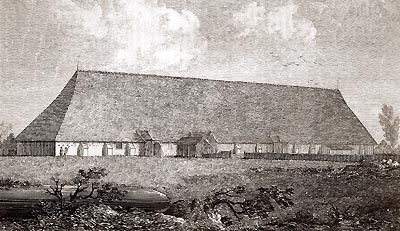 |
 |
|||
|
|
Much of this area was originally marshland in the Thames Valley. The village was built on an island, Ceol’s Eye and the village green is known as the Forty meaning “Marshy Isle”. Ceol was the name of the man who was King of Wessex from 591 to 597 and there is documentation to show that the Wessex Royal family did own land here. His son, King Cynegils, was probably staying at his Royal Palace in Cholsey in 634 when he first met St. Birinus. The saint later converted him to Christianity at nearby Churn Knob (See Blewbury). In AD 986, Queen Aelfrith founded a Royal nunnery in the village, in repentance for murdering her step-son, St. Edward, King & Martyr. Its remains may be indicated by 10th century long & short quoins in the lower stages of the present church walls. When the Danes invaded in 1006, they camped at Cholsey after torching Wallingford. It is generally thought that they also burnt Cholsey’s nunnery to the ground. Its lands later passed to Reading Abbey and the Abbot had a summer residence here. His fellow monks had dwellings south of the main railway line still shown by earthworks remaining today. They built a tythe barn in the village in the 13th century. This wasn’t just any barn though, it was the largest aisled building ever built (anywhere in the World): 303ft long, 54ft wide and 51ft high! It is one of the greatest travesties of Berkshire history that this building was torn down in 1815. Also near the church are some further earthworks believed to be the remains of a Norman siege-castle. It would have been one of those built by King Stephen to harass to the Empress Matilda who was opposing his claim to the throne from nearby Wallingford Castle. Being on Reading Abbey lands, it may have been the castle, mistakenly called Reading Castle, that was destroyed by the Empress’ son in 1153. Alternatively, it may have fallen two years earlier and been replaced by the fortification at South Moreton. Agatha Christie is buried in the parish churchyard. |
|||
| © Nash Ford Publishing 2001. All Rights Reserved. This location is now administered by Oxfordshire County Council. | ||||



 Cholsey
Cholsey